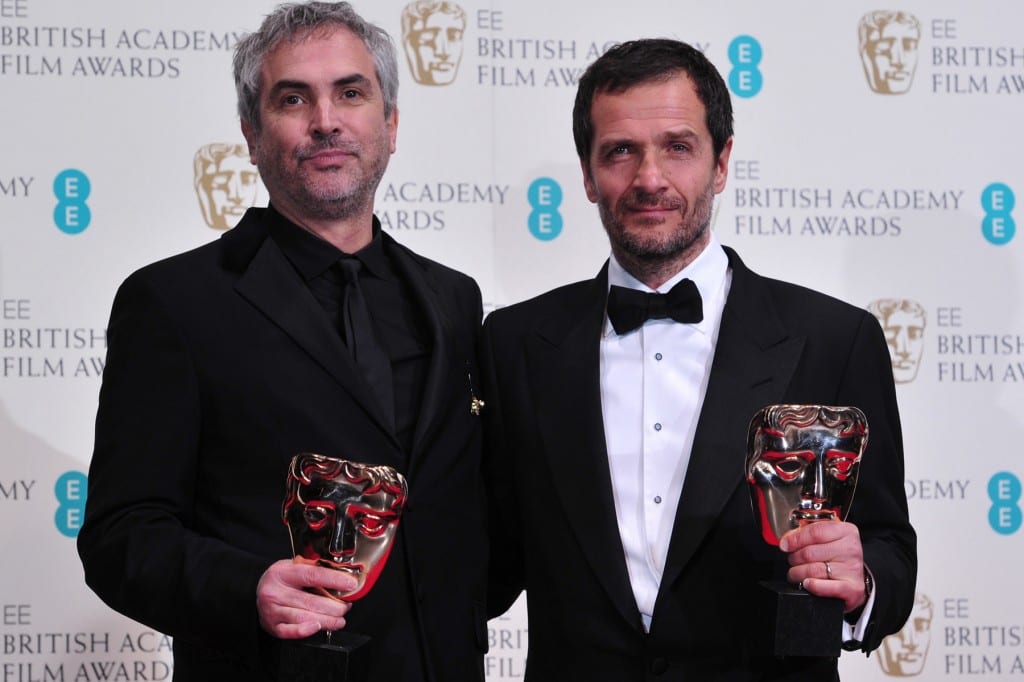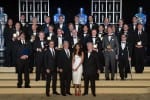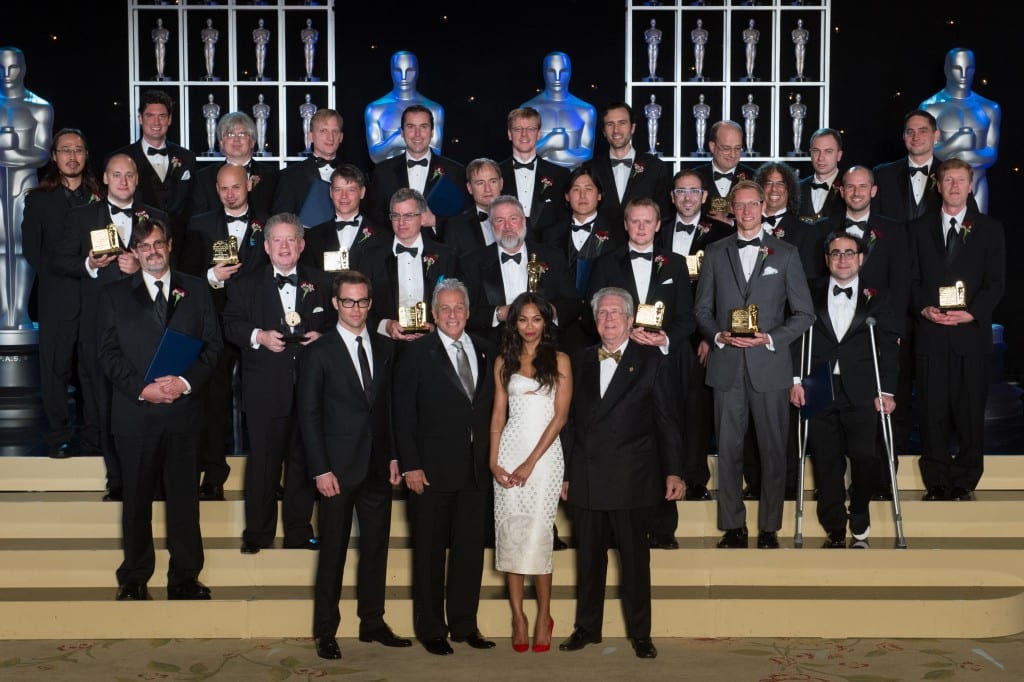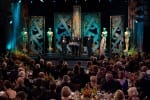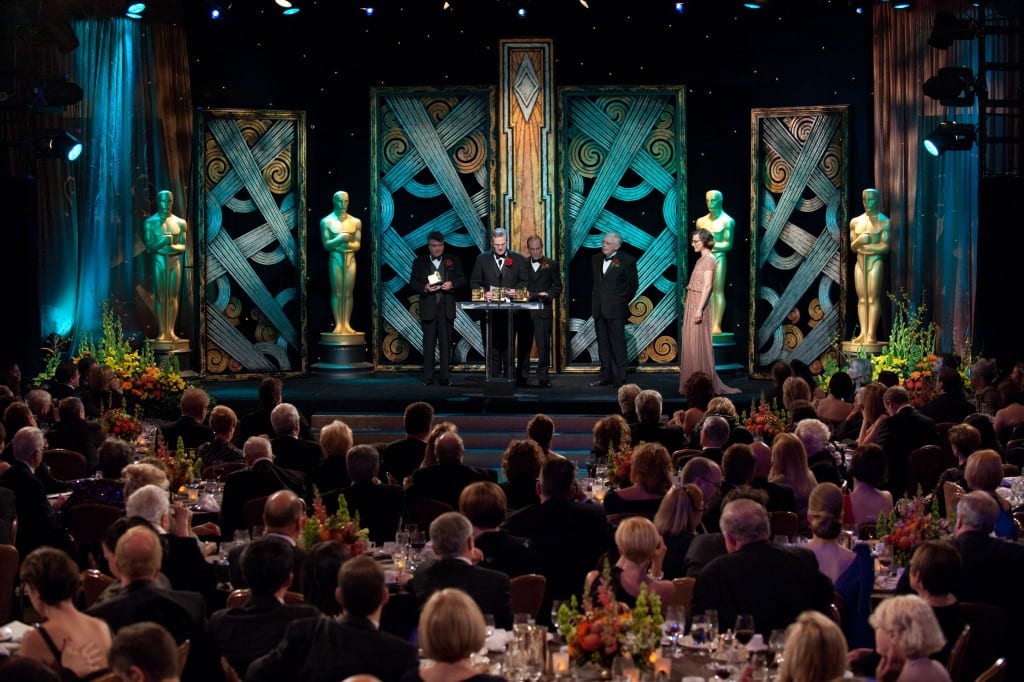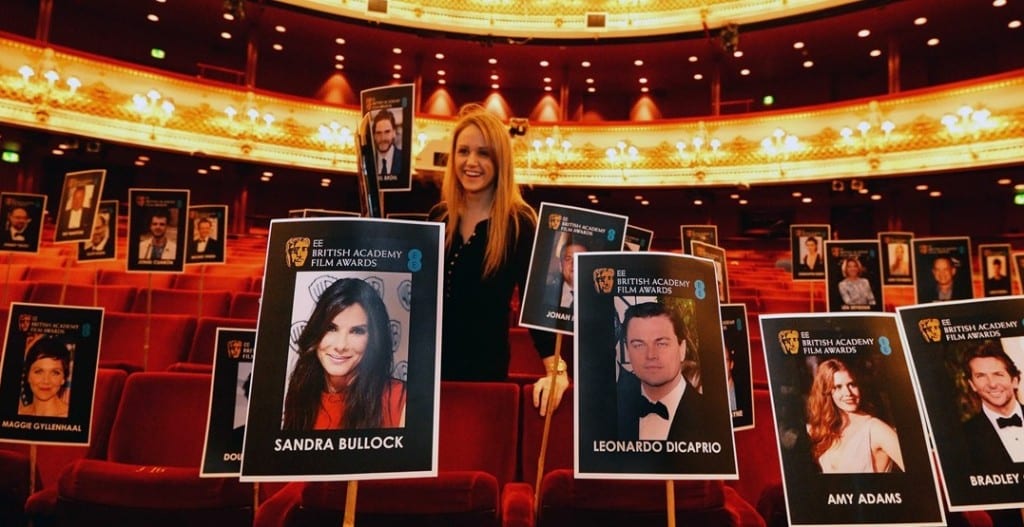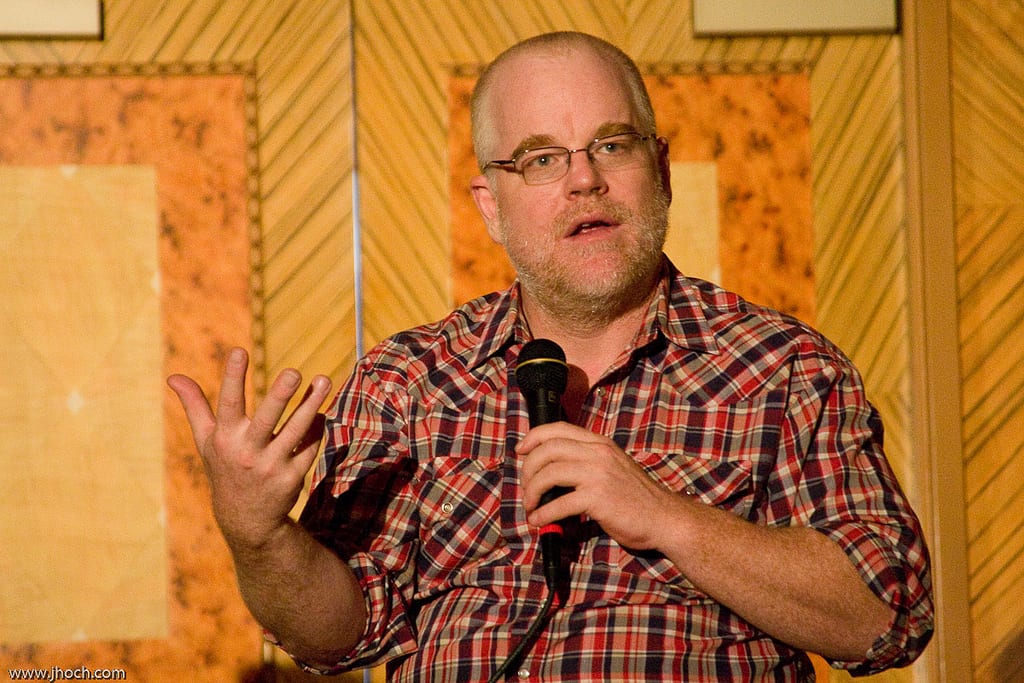This years Baftas ceremony is all but over and after an incredible year for British film there was certainly some deserved winners and surprises on the night.
If you didn’t join us for our liveblog of the 67th annual award ceremony, or maybe didn’t even watch the awards at all, never fear as the nominations and winners for each category are as follows (lengthy list imminent):
Edit: Just in case you can’t be bothered to read it all, here’s our podcast instead.
Best Adapted Screenplay
Philomena – Winner
12 Years A Slave
Behind The Candelabra
Captain Phillips
The Wolf Of Wall Street
Best Leading Actor
Bruce Dern, Nebraska
Christian Bale, American Hustle
Chiwetel Ejiofor, 12 Years a Slave – Winner
Tom Hanks, Captain Phillips
Leonardo DiCaprio, The Wolf of Wall Street
Best Animated Film
Despicable Me 2
Frozen – Winner
Monsters University
Best Leading Actress
Amy Adams, American Hustle
Emma Thompson, Saving Mr. Banks
Judi Dench, Philomena
Cate Blanchett, Blue Jasmine – Winner
Sandra Bullock, Gravity
Best British Short Animation
Sleeping With The Fishes – Winner
Everything I Can See From Here
I Am Tom Moody
Make-Up and Hair
Behind The Candelabra, Kate Biscoe, Marie Larkin
The Butler, Debra Denson, Candace Neal, Robert Stevenson, Matthew Mungle
The Great Gatsby, Maurizio Silvi, Kerry Warn
American Hustle, Evelyne Noraz, Lori McCoy-Bell, Kathrine Gordon – Winner
The Hobbit: The Desolation Of Smaug, Peter Swords King, Richard Taylor, Rick Findlater
Best British Short Film
Island Queen
Keeping Up With The Joneses
Orbit Ever After
Room 8 – Winner
Sea View
Best Original Music
Gravity,Steven Price – Winner
12 Years A Slave, Hans Zimmer
The Book Thief, John Williams
Captain Phillips,Henry Jackman
Saving Mr. Banks, Thomas Newman
Best Cinematography
12 Years A Slave
Captain Phillips
Gravity – Winner
Inside Llewyn Davis
Nebraska
Best Original Screenplay
Blue Jasmine
Gravity
Inside Llewyn Davis
American Hustle – Winner
Nebraska
Best Costume Design
American Hustle
The Great Gatsby – Winner
Behind The Candelabra
The Invisible Woman
Saving Mr. Banks
Outstanding British Contribution to Cinema
Peter Greenway
Best Director
Alfonso Cuarón, Gravity – Winner
Steve McQueen, 12 Years A Slave
David O. Russell, American Hustle
Paul Greengrass,Captain Phillips
Martin Scorsese, The Wolf Of Wall Street
Outstanding British Film
Mandela: Long Walk To Freedom|
Philomena
Rush
Saving Mr. Banks
Gravity – Winner
The Selfish Giant
Best Documentary
The Armstrong Lie
Blackfish
Tim’s Vermeer
We Steal Secrets: The Story Of Wikileaks
The Act Of Killing – Winner
Outstanding Debut by a British Writer, Director or Producer
Kieran Evans, Kelly + Victor – Winner
Colin Carberry, Glenn Patterson, Good Vibrations
Kelly Marcel, Saving Mr. Banks
Paul Wright, Polly Stokes, For Those in Peril
Scott Graham, Shell
EE Rising Star
Dane DeHaan
George MacKay
Lupita Nyong’o
Will Poulter – Winner
Léa Seydoux
Best Production Design
12 Years A Slave
American Hustle
Behind The Candelabra
The Great Gatsby – Winner
Gravity
Best Editing
12 Years A Slave
Captain Phillips
Gravity
The Wolf Of Wall Street
Rush – Winner
Best Sound
All Is Lost, Richard Hymns, Steve Boeddeker, Brandon Proctor, Micah Bloomberg, Gillian Arthur
Captain Phillips, Chris Burdon, Mark Taylor, Mike Prestwood Smith, Chris Munro, Oliver Tarney
Gravity, Glenn Freemantle, Skip Lievsay, Christopher Benstead, Niv Adiri, Chris Munro – Winner
Inside Llewyn Davis, Peter F. Kurland, Skip Lievsay, Greg Orloff, Paul Urmson
Rush, Danny Hambrook, Martin Steyer, Stefan Korte, Markus Stemler, Frank Kruse
Fellowship
Dame Helen Mirren
Best Film
12 Years A Slave – Winner
American Hustle
Captain Phillips
Gravity
Philomena
Best Special Visual Effects
The Hobbit: The Desolation Of Smaug, Joe Letteri, Eric Saindon, David Clayton, Eric Reynolds
Iron Man 3, Bryan Grill, Christopher Townsend, Guy Williams, Dan Sudick
Pacific Rim, Hal Hickel, John Knoll, Lindy De Quattro, Nigel Sumner
Gravity, Tim Webber, Chris Lawrence, David Shirk, Neil Corbould, Nikki Penny – Winner
Star Trek Into Darkness, Roger Guyett, Patrick Tubach, Ben Grossmann, Burt Dalton
Best Film not in the English Language
The Act Of Killing
Blue Is The Warmest Colour
The Great Beauty – Winner
Metro Manila
Wadjda
Best Supporting Actor
Bradley Cooper, American Hustle
Daniel Brühl, Rush
Matt Damon, Behind the Candelabra
Michael Fassbender, 12 Years a Slave
Barkhad Abdi, Captain Phillips – Winner
Best Supporting Actress
Julia Roberts, August: Osage County
Jennifer Lawrence, American Hustle – Winner
Lupita Nyong’o, 12 Years a Slave
Oprah Winfrey, The Butler
Sally Hawkins, Blue Jasmine

